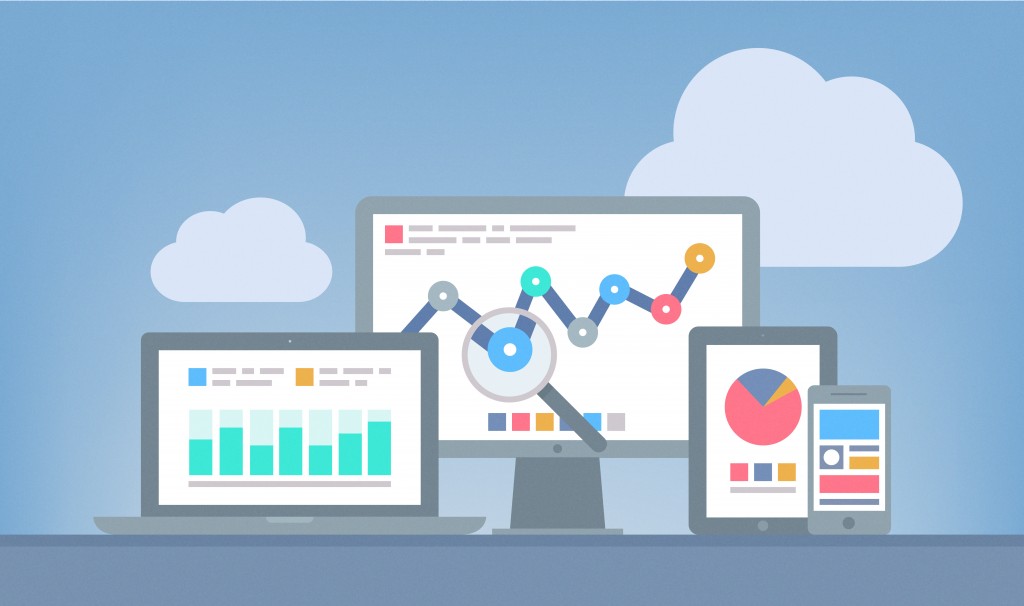Google released a more powerful version of segmentation in July of last year. After some time in using the advanced segmentation we can safely say that we are in love. Here is why we agree that this is the most powerful feature in Google Analytics.
Advanced segmentation allows you to isolate and analyze the variable subsets of your traffic. Sure there are predefined segments such as “Paid Traffic” and “Visits with Conversions” but this is just the beginning. You can easily create your own segments using the segment builder, then apply one or more of these segments to your current and/or historical data. Our favorite is comparing the custom segment performance side by side to illustrate how each segment of traffic flows through your site.
Key GA Feature Updates
Old versus New. In the previous version of Google Analytics advanced segments were based on visits. The new version incorporates specific demographics and behaviors and you can custom create a segment from advanced conditions and sequences. You are no longer limited to visits, you can choose to create visits, user segments, or a combination of the two.
Better Usage in an Offline World. Analyzing the long term benefits of a specific group of customers, such as customers who first visited during a specified timeline, can provide greater clarity in terms of cohort analysis.
Sequence Segments. These provide an easy way to segment users based on a series of behaviors throughout your site. One sequence could easily begin on a specific landing page, flowing to a sequence of specified pages, then converting. Once an analyst determines a sequence, monitoring the conversion rate for this sequence can give you enormous insight into user behavior.
Templates Make it Easier. While you are fully capable of creating custom advanced segmentation in your analytics from scratch, Google has created a series of templates for many of the more common use cases. Creating segments from the templates Google provides is an easy choice for a nuance. The 6 templates Google has provided include: Demographics, Technology, Behavior, Data of First Visit, Traffic Sources, and finally E-commerce. Start with any of these templates and you can combine the configuration in multiple templates to build your custom segment.
That’s A Wrap. The new UI in GA makes segmentation easy, even for first time users. We have to believe that Google wants to make analytic insights more accessible to all users, and they have definitely achieved that. The new UI provides a clear and more defined, easy to read report. There are even ways to filter the segments to sort and search for specific segments, and are displayed in grid and list views, make comparing data easier than ever.
The roll out of the new GA interface took a few months, but it has been delivered to everyone. So if you haven’t had a chance to dive in, take a few moments and create a template, it’s fun, and you will be surprised at what you learn about your website users.
Keep up with the conversation
Like us on Facebook | Follow us on Twitter | Follow us on Google+ | Join our network on LinkedIn
